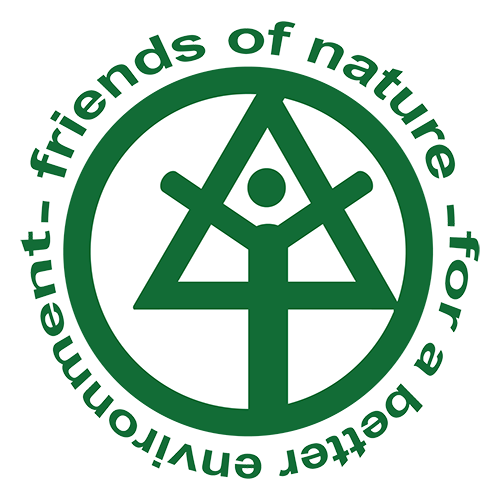FON has conceived an educational program for children, schools, students and teachers to connect to biodiversity and learn while enjoying in order to commit to biodiversity protection.
The one-day practical training is designed with hands-on outdoor activities to discover an array of natural elements that compose the natural assets from living beings to ecological systems.
5 qualified well-trained trainers conduct the activities dividing the children into groups and circulating among 4 modules. The modules are built on natural ground and naturally existing components on the fields surrounding our premises at MACAM (Modern And Contemporary Art Museum).
A MAJOR IMPORTANCE OF THIS WORKSHOP IS TO HELP CHILDREN OVERCOME THEIR FEAR FROM ANIMALS AND INSECTS IN THE FIRST PLACE
THEN, THEY START LEARNING ABOUT THEM, ENJOYING THEM AND PROTECTING THEM.
THE TRANSFORMATION IS MARVELOUS.

6-7 year old children closely acquainted with the living surrounding
PROGRAM OF THE DAY
The training is divided into the following sessions.
Workshop 1: Learn about plants and trees
The training guide leads the children on a walk in the fields to observe and explain on plants :
i. How to differentiate tree species and learn some trees (poplar, oak, cypress, …)
ii. The notion of native species vs. introduced species with examples from both
iii. The reproduction of plants (Cypress, oak, other)
iv. Observing conifers vs. broad leaf tree species
v. Observing Medicinal plants and their uses with examples growing around
vi. Observing Aromatic plants and what makes them fragrant
vii. Learning of leguminous trees and plants – edible plants for food
Workshop 2: Watch animals and insects
Children are given loops or magnifiers to observe the details of plants and insects, and to search for animals. When one finds something interesting, we call others to explain and learn.
i. Explain body parts of insects and feeding habits
ii. Other animals to see are lizards, chameleons, turtles, etc.


